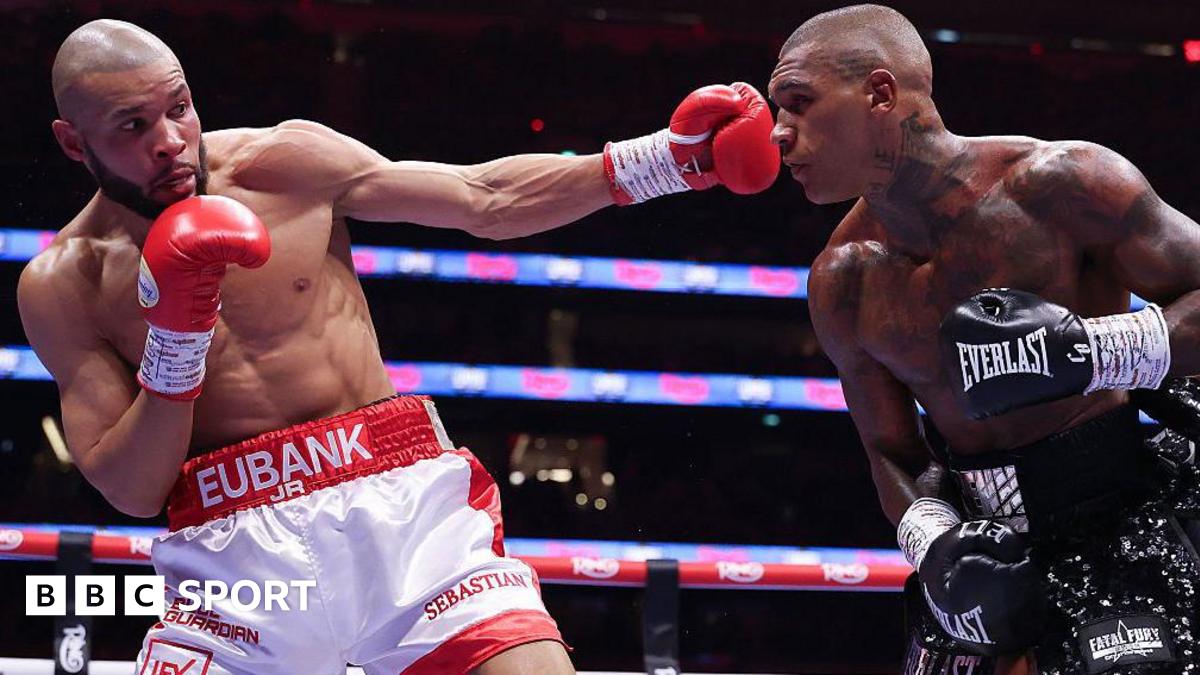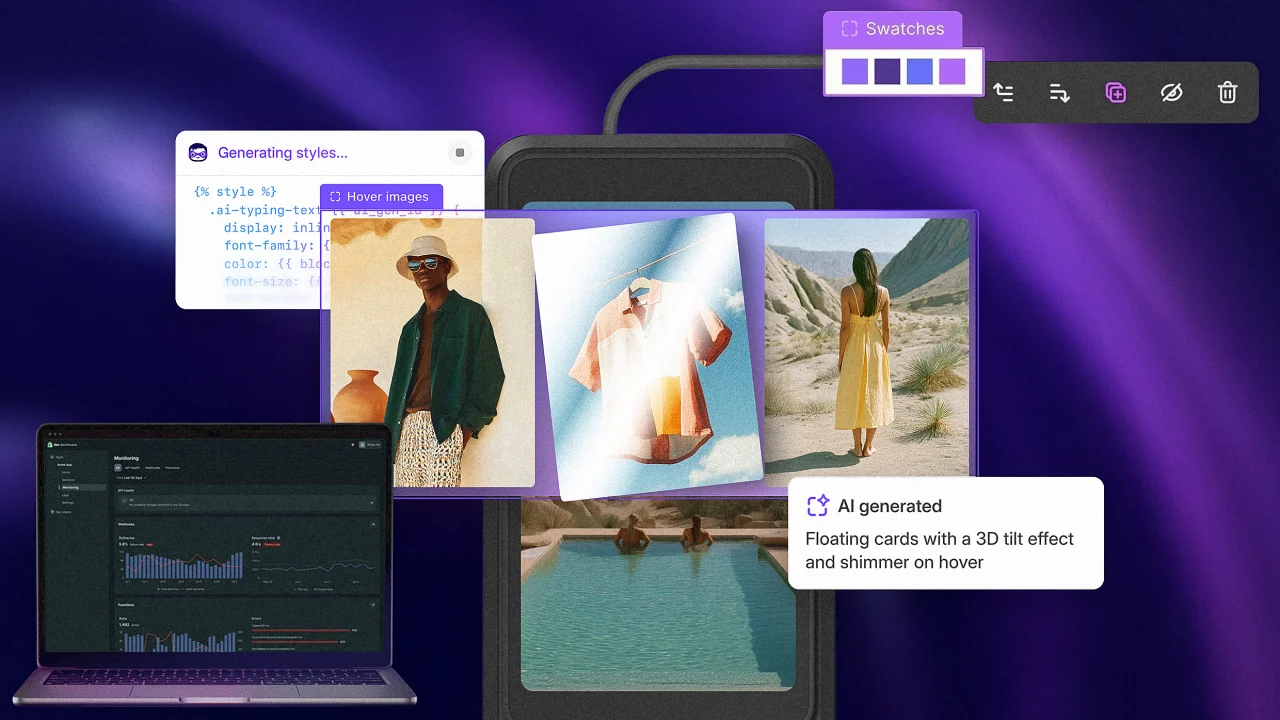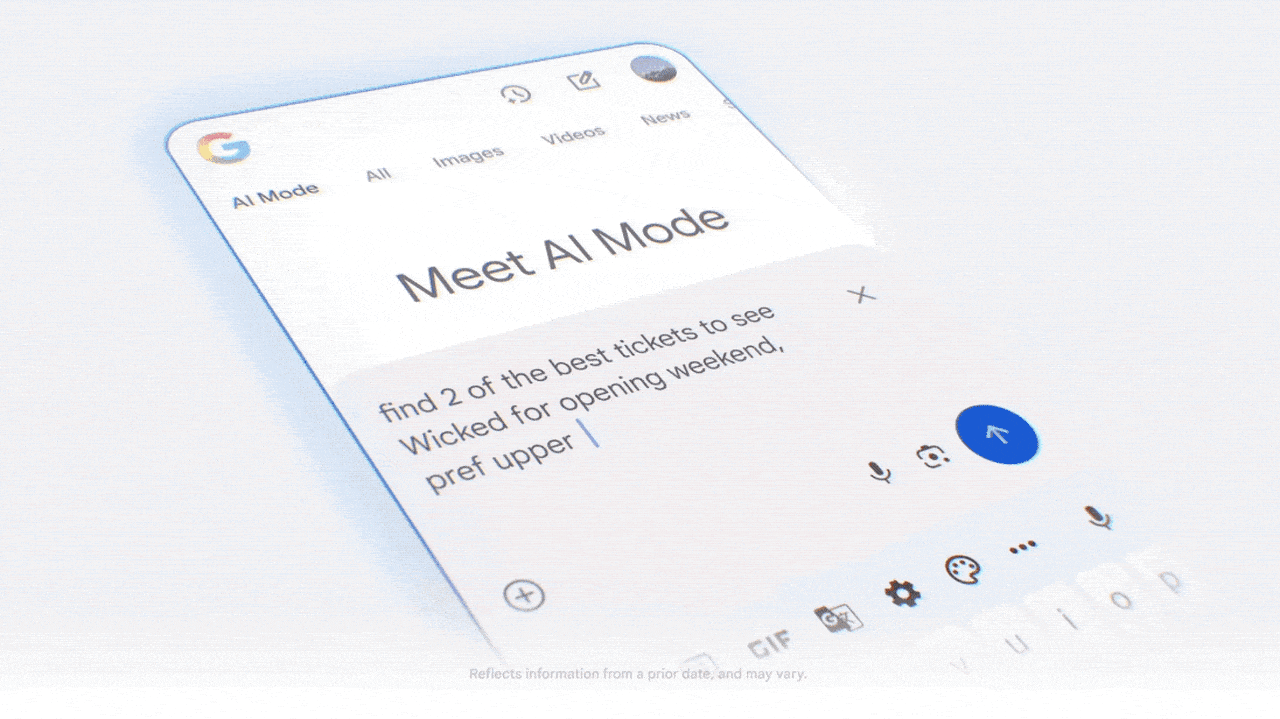Effective Tips to Differentiate Your Social Media Content Across Platforms

Key Takeaways

- Tailor Content for Each Platform: Customize your messaging and formats based on the unique audience and functionalities of Facebook, Instagram, Twitter, LinkedIn, and TikTok.
- Utilize Platform-Specific Features: Take advantage of native features like Facebook Events, Instagram Shopping, and Twitter Polls to enhance audience engagement.
- Adjust Tone and Style: Maintain a consistent brand voice while adapting your tone to align with each platform’s culture, such as friendly on Facebook and professional on LinkedIn.
- Measure Success: Track engagement metrics like likes, shares, and comments to evaluate your content’s effectiveness and refine your strategy based on data insights.
- Engage Your Audience: Focus on understanding your audience’s interests and preferences to create relatable and impactful content that fosters community interaction.
In today’s digital landscape, standing out on social media is more crucial than ever. With each platform catering to different audiences and content formats, it’s essential to tailor your approach. You want your message to resonate, but how do you ensure it shines uniquely on each channel?
By differentiating your content across platforms, you not only enhance engagement but also build a cohesive brand identity. Whether you’re posting on Instagram, Twitter, or LinkedIn, understanding the nuances of each platform can elevate your strategy. Let’s explore some effective tips that’ll help you craft distinct content that captures attention and drives results.
Understanding Social Media Platforms

Understanding the nuances of social media platforms enhances your small business’s social media marketing efforts. Each platform serves a distinct purpose and caters to varying audience preferences.
- Facebook: Focus on community engagement with Facebook groups and share diverse content types to boost organic reach. Utilize Facebook ads to increase visibility and enhance brand awareness.
- Instagram: Leverage visual storytelling through photos and videos. Use Instagram Stories for time-sensitive updates and user-generated content to foster customer interaction. Explore Instagram marketing techniques to elevate your strategy.
- Twitter: Use concise messaging to engage in real-time conversations. Incorporate trending hashtags for visibility and monitor Twitter engagement to refine your content strategy.
- LinkedIn: Position your brand as an industry leader with professional content. Share insights and industry trends to attract your target audience. Optimize your LinkedIn marketing by networking with professionals and fostering influencer partnerships.
- TikTok: Utilize engaging video content to connect with a younger audience. Focus on authentic storytelling and trends to foster organic growth. TikTok for business can amplify your reach and inspire creativity in content creation.
Each platform requires tailored content strategies to maximize engagement and achieve your business objectives. Implementing a content calendar helps in planning and maintaining brand consistency. Monitor social media analytics to track progress and adjust your tactics as needed.
Importance Of Differentiating Content

Understanding the unique nature of each social media platform is essential for small businesses. Tailored content enhances engagement and builds a stronger online presence. Focus on the distinct characteristics of platforms like Facebook, Instagram, Twitter, LinkedIn, and TikTok to maximize your social media strategy.
Engaging Your Audience
Engagement starts with knowing your target audience. Tailor your content to speak directly to your audience’s interests and needs on each platform. Use formats that resonate; for example, Instagram is ideal for visually stunning storytelling, while Twitter thrives on concise updates. Incorporate hashtags for increased visibility and consider community management techniques like responding to comments promptly. This approach boosts your social media engagement and fosters a connection with your audience.
Enhancing Brand Identity
Brand identity flourishes when you maintain consistency across platforms while also embracing unique strategies for each. Clearly define your brand voice and ensure it aligns with your business goals. Utilize social media tools to help streamline your content creation process. Consider influencer partnerships to amplify brand awareness and showcase user-generated content that reflects authentic customer interaction. Regularly monitor social media analytics to evaluate your performance, adjusting your strategy as needed to optimize your social media growth effectively. By differentiating your content, you enhance brand loyalty and improve your overall brand identity across various social media channels.
Tips To Differentiate Your Social Media Content Across Platforms

Understanding how to differentiate your social media content can significantly impact your small business’s online presence and engagement rates. Here are effective strategies to tailor your content accordingly.
Tailor Content For Each Platform
Customize your content for each social media platform based on its unique audience and functionalities.
- Facebook: Leverage its community engagement features. Use Facebook groups for discussions, share blog posts, and promote events. Facebook ads allow precise audience targeting to enhance organic reach.
- LinkedIn: Focus on sharing professional insights and company updates. Post articles relevant to your industry to establish credibility. Avoid casual formats like memes to maintain professionalism.
- Instagram: Emphasize high-quality visuals through photos and videos. Use Instagram Stories and Reels for brief clips that showcase products or behind-the-scenes content. Incorporate relevant hashtags to expand your reach.
Utilize Platform-Specific Features
Every platform offers unique features you can use to boost engagement.
- Facebook Events: Promote business happenings or workshops to enhance customer interaction.
- Instagram Shopping: Tag products directly in posts for effortless purchases.
- Twitter Polls: Engage your audience with quick surveys to gather customer feedback.
Utilizing these features helps you create dynamic content marketing strategies that resonate with your target audience.
Adjust Tone And Style
Maintain a consistent brand voice while adjusting your tone according to each platform’s culture.
- Facebook: Adopt a friendly, community-oriented tone. Encourage discussions and share user-generated content to build trust and loyalty.
- LinkedIn: Use a formal, authoritative tone. Share insights to position your small business as a thought leader.
- Instagram: Embrace a casual, creative style. Utilize storytelling to connect with your audience visually and emotionally.
By adjusting your tone, you create content that is more likely to resonate with your followers, ultimately boosting social media engagement and brand awareness.
Measuring Success

Measuring success on social media is essential for small businesses seeking to optimize their social media strategy. Tracking engagement metrics and leveraging feedback enhance content creation and community management.
Analyzing Engagement Metrics
Engagement metrics provide valuable insights into how your audience interacts with your content across different social media platforms. Focus on metrics such as likes, shares, comments, and click-through rates to gauge effectiveness. For instance, Facebook groups can foster community engagement, while Instagram stories and TikTok videos may drive higher engagement rates through visual storytelling. Utilize social media analytics tools to track these metrics, ensuring you adapt your content calendar based on what resonates best with your followers.
Iterating On Feedback
Customer feedback plays a crucial role in refining your social media campaigns. Analyze reviews and comments to determine what your audience values. Responding to feedback not only improves customer interaction but also strengthens brand voice and fosters loyalty. Consider conducting polls on Twitter or Instagram to gather direct insights from your followers. When you iterate on feedback, you enhance your online presence and create content that aligns with audience expectations, ultimately supporting social media growth and brand awareness.
Conclusion

Differentiating your social media content is essential for capturing attention and engaging your audience. By understanding the unique characteristics of each platform you can create tailored content that resonates with your followers.
Embrace the distinct styles and functionalities of platforms like Instagram, LinkedIn, and Twitter to enhance your brand’s identity. Remember to monitor your engagement metrics and adapt your strategies based on audience feedback.
This approach not only strengthens your online presence but also fosters meaningful connections with your audience. Stay consistent with your brand voice while being flexible in your content creation to truly stand out in the crowded social media landscape.
Frequently Asked Questions

Why is it important to tailor content for different social media platforms?
Tailoring content for each social media platform is crucial because each platform serves a unique audience with specific interests and behaviors. Customized content resonates better, increases engagement, and enhances brand visibility, helping you connect with your audience more effectively.
What type of content works best on Instagram?
On Instagram, visually engaging content such as high-quality images, videos, and stories performs best. Utilize features like Instagram Shopping and Reels to drive interactions and effectively showcase your brand’s personality and products.
How can small businesses benefit from understanding social media platforms?
Small businesses can significantly improve their online presence by understanding the nuances of social media platforms. Tailored content enhances engagement, fosters connections with the audience, and builds a cohesive brand identity, ultimately driving customer loyalty and sales.
How can I measure success on social media?
To measure success on social media, track engagement metrics such as likes, shares, comments, and click-through rates. Use social media analytics tools to analyze these metrics and adapt your content strategy based on what resonates with your audience.
What strategies can I use for effective social media content differentiation?
Effective strategies for content differentiation include customizing content to match the unique features of each platform, adjusting tone and style, and incorporating platform-specific tools like Facebook Events and Twitter Polls to engage your audience more effectively.
How can customer feedback improve my social media strategy?
Customer feedback can provide valuable insights into audience preferences and opinions. By actively responding to comments and conducting polls, you can understand what resonates with your audience, refine your strategy, and create content that aligns with their expectations.
Image Via Envato
This article, "Effective Tips to Differentiate Your Social Media Content Across Platforms" was first published on Small Business Trends
What's Your Reaction?
 Like
0
Like
0
 Dislike
0
Dislike
0
 Love
0
Love
0
 Funny
0
Funny
0
 Angry
0
Angry
0
 Sad
0
Sad
0
 Wow
0
Wow
0






























































































